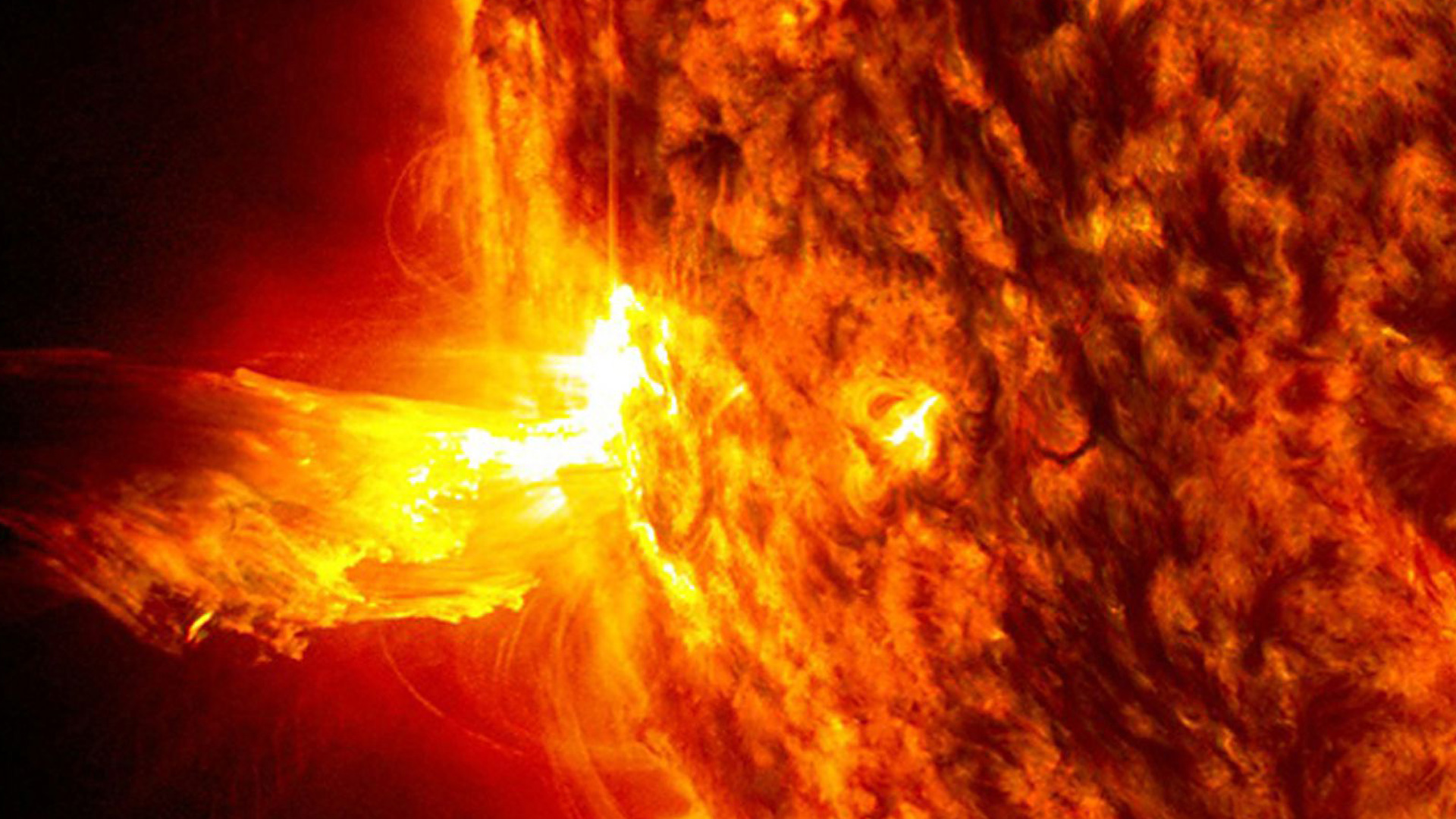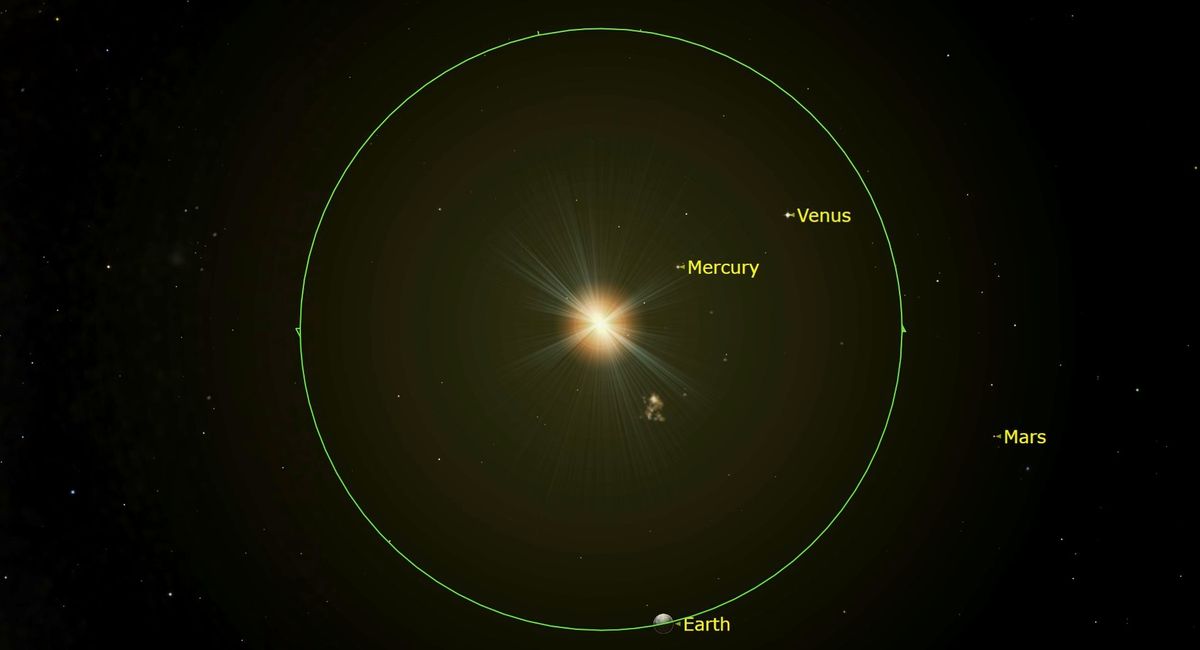SOLAR CYCLE 25 ACTIVITY REPORT JUN 30
Solar activity remains stable. According to the most recent GOES satellite data, x-rays remain at B1 (quiet) levels and the probability of a C class flare is 25% while for M and X flares the probability is very low.
Geospace remains quiet and the maximum planetary index is predicted to be Kp=3 There is a slight possibility that a slow moving CME could disturb our magnetic field and in such a case we would have auroral activity as a result.
Only two regions remain in the solar disk AR3040 and AR3042 resulting in a decrease in the number of sunspots. AR3040 has increased its size to 60MH although it is still smaller than the earth. The region AR3036 located in the south is expected to return and will receive a new active region assignment. A large sunspot is approaching at the northeast limb and has already produced a C1 solar flare.
There are multiple filaments in both the northern and southern hemispheres, and prominences on the edge from northeast.
▪︎Geospace quiet
▪︎Latest Solar wind speed record: 380.2 km/sec ( 14:53 UTC Jun 30)
▪︎density: 3.19 protons/cm3
▪︎Neutron Counts today: 3.2% Elevated
▪︎Sunspot number: 48 (SN 71 June 29)
▪︎Geomagnetic conditions now Kp=1 quiet
Solar activity remains stable. According to the most recent GOES satellite data, x-rays remain at B1 (quiet) levels and the probability of a C class flare is 25% while for M and X flares the probability is very low.
Geospace remains quiet and the maximum planetary index is predicted to be Kp=3 There is a slight possibility that a slow moving CME could disturb our magnetic field and in such a case we would have auroral activity as a result.
Only two regions remain in the solar disk AR3040 and AR3042 resulting in a decrease in the number of sunspots. AR3040 has increased its size to 60MH although it is still smaller than the earth. The region AR3036 located in the south is expected to return and will receive a new active region assignment. A large sunspot is approaching at the northeast limb and has already produced a C1 solar flare.
A coronal mass ejection (CME) erupting in a north-northwest (upper right) direction was observed around 3:24 UT (12:24 CST) on June 30. It was a partial halo CME that extended beyond the white line. Extreme ultraviolet observations show no change associated with the eruption, indicating that it originated in the hemisphere beyond the Sun. [Courtesy of SIDC/CACTus]
There are multiple filaments in both the northern and southern hemispheres, and prominences on the edge from northeast.
▪︎Geospace quiet
▪︎Latest Solar wind speed record: 380.2 km/sec ( 14:53 UTC Jun 30)
▪︎density: 3.19 protons/cm3
▪︎Neutron Counts today: 3.2% Elevated
▪︎Sunspot number: 48 (SN 71 June 29)
▪︎Geomagnetic conditions now Kp=1 quiet
TODAY A POSSIBLE CME NEAR MISS: A slow-moving CME that left the sun on June 26th could pass close to Earth today. The near miss, if it occurs, could disturb our planet's magnetic field and spark high latitude auroras. Bright displays are unlikely, but the nearly New Moon will allow long photographic exposures to capture faint lights. SpaceWeather.com


